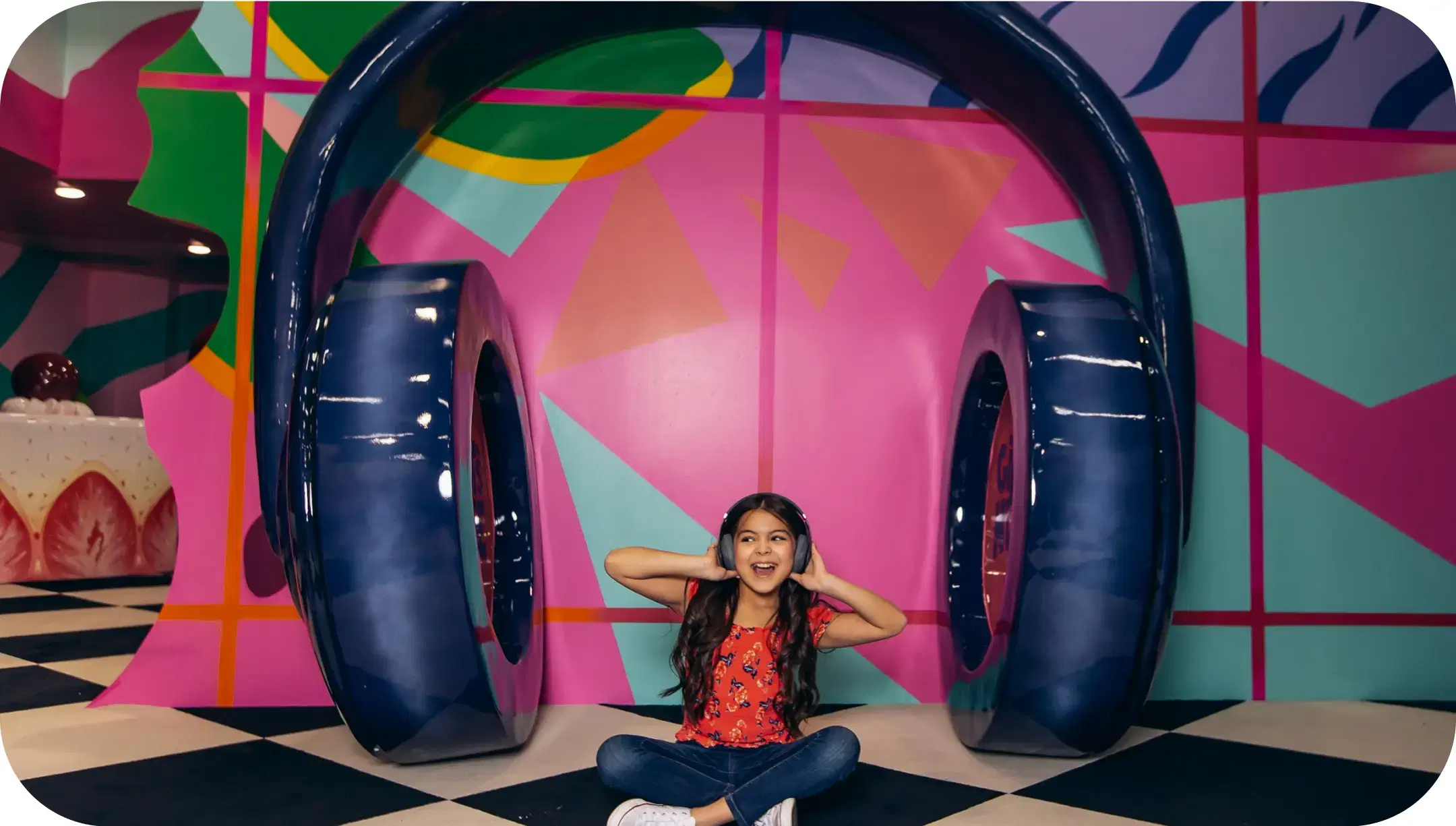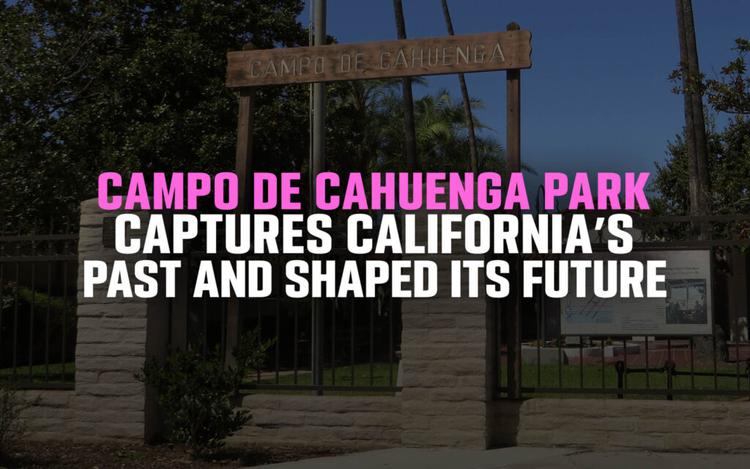The heart of Los Angeles County boasts of an institution where time stands still—the Natural History Museum. Nestled among the urban hustle and bustle, it offers a unique journey through the epochs of natural history. As visitors traverse its grand halls, the importance of preserving our natural and cultural history becomes evident.
In the vast expanse of the western United States, the Natural History Museum of Los Angeles County stands tall as the most comprehensive beacon of historical and natural knowledge. Holding nearly 35 million specimens and artifacts, it’s a testament to the county’s commitment to education and preservation. With history spanning over 4.5 billion years, this museum captures the essence of evolution, culture, and art in one place.
A trip to Los Angeles would be incomplete without a visit to this architectural marvel. Not only does it provide insights into the county’s rich history, but it also ignites the curiosity of visitors, young and old. The museum’s mission is simple yet profound: “to inspire wonder, discovery, and responsibility for our natural and cultural worlds.”
Historical Significance
Opened in 1913 in Exposition Park, Los Angeles, the museum was initially named The Museum of History, Science, and Art. It was a bold initiative by a museum association formed in 1910. Over the years, the institution witnessed changes, expansions, and evolutions. The beautifully crafted main building, adorned with marble walls and a domed rotunda, holds a special place on The National Register of Historic Places.
In 1961, a significant transformation occurred. The museum divided into The Los Angeles County Museum of History and Science and the Los Angeles County Museum of Art (LACMA). As the latter moved to new premises, the former evolved into The Los Angeles County Museum of Natural History. With time and to resonate better with its offerings, it aptly renamed itself The Natural History Museum of Los Angeles County.
The museum has seen wings added in 1925, 1930, 1960, and 1976. Each addition brought with it more exhibits, more history, and an enhanced visitor experience. As Los Angeles grew and changed, so did its primary museum, ensuring it remained relevant and engaging to each new generation of visitors.
Exploring the Exhibits
Upon entering the museum, one is immediately transported to a world of wonder. Three floors of permanent exhibits await eager eyes. The collection ranges from magnificent dinosaur displays to intricate pre-Columbian cultures, each telling a story of our natural history. The animal habitats, in particular, immerse visitors in various ecosystems, showcasing the rich biodiversity of our planet.
An especially interactive and modern addition is the Nature Lab. Here, urban wildlife of Southern California takes center stage. With Los Angeles being a bustling metropolis, it’s easy to forget the plethora of wildlife that calls the county home. The Nature Lab emphasizes the importance of coexistence, understanding, and appreciation of our urban animal neighbors.
But the museum’s piez de resistance has to be its Pleistocene paleontology collection, sourced from The La Brea Tar Pits. A stark reminder of the Earth’s ever-evolving nature, this collection is amongst the world’s most esteemed, pulling visitors into an age long gone but crucial to understanding our planet’s natural history.
Special Features and Exhibitions
The museum is alive. It changes, evolves, and keeps its offerings fresh with regular special exhibitions. Past visitors might recall the awe-inspiring exhibitions of Mummies and Pterosaurs, both displayed in 2016. Such exhibits not only augment the museum’s permanent collections but also bring global natural history to the heart of Los Angeles.
Pop culture often finds its way into the museum, with exhibitions like the promotion for “House of the Dragon” in 2022. Locally themed special exhibits, such as “Becoming Los Angeles,” tell the city’s story, dividing its history into pre and post-1929 segments. Another enthralling exhibition, “L.A. Underwater,” displayed nearly 40 fossils from a time when the very ground of Los Angeles was submerged beneath the waves.
World of Illusions in Los Angeles
While the museum offers a dive into the past, another Los Angeles attraction pulls visitors into the mesmerizing world of the present—the World of Illusions. This immersive experience, located mere miles from the museum, complements the historical journey with a touch of modern magic.
Visitors to the World of Illusions are often left spellbound. With mind-bending optical illusions and immersive 3D worlds, it challenges perceptions and offers endless photo opportunities. While the Natural History Museum tells the story of Los Angeles County through history, the World of Illusions tells it through art, interaction, and contemporary culture.
These two attractions, though seemingly different, beautifully showcase the diverse offerings of Los Angeles. From the age-old artifacts to the modern magic of illusions, visitors can enjoy a balanced, comprehensive experience of the county’s rich tapestry.
Visitor Information
For those eager to capture memories, photos are more than welcomed at the museum. With six different galleries providing diverse backdrops, the opportunities for great photos are endless. However, while taking photos, it’s essential to be mindful of exhibit boundaries and ensure that flash photography isn’t used, especially near sensitive exhibits. This ensures that the artifacts remain undamaged and the experience of other visitors isn’t hampered. Plus, having a variety of photos from different sections can make for a comprehensive visual journal of your visit.
Tickets to this marvel are available both online and on-site. When planning a visit, it’s best to check the ticket prices on their official website, as discounts are often available for various groups such as students, seniors, and children. Purchasing tickets in advance can help in avoiding longer waiting hours, ensuring a smoother entry. It’s also worth noting that ticket prices might vary based on special exhibitions or events happening at that time. Keeping an eye out for seasonal ticket promotions or bundles can offer added value and perhaps even extended visiting hours.
Speaking of hours, the museum’s operational hours vary based on the time of year and any special events scheduled. The official website provides the most up-to-date information on opening hours and any changes to regular timings. It’s essential to check the hours before planning a visit to ensure you have ample time to explore. Given the museum’s expansive nature, allocating several hours for a complete experience is recommended. And for those who’ve captured an array of photos, it might be worth revisiting during different hours for varying lighting and ambiance.
Lastly, while the museum houses a cafe to refuel during your visit, there are numerous dining options around Exposition Park if you find yourself with more time outside of the museum hours. Plan your trip, secure your tickets, and get ready to capture some stunning photos during your memorable hours at the museum.
Conclusion
The Natural History Museum of Los Angeles County is a crown jewel. It’s a place where the past meets the present, where natural history meets architectural grandeur. With each exhibit, it tells the story of Los Angeles County, our planet, and our shared heritage.
Whether you’re a history buff, a student of architecture, a nature enthusiast, or just a curious traveler, the museum beckons. It invites you to lose yourself in its corridors, to learn, to wonder, and to marvel. A trip to Los Angeles would be incomplete without a visit, so take the journey, unlock the secrets of history, and immerse yourself in the vibrant tapestry of Los Angeles County.
With its doors always open, the Natural History Museum awaits. Come, explore, and be a part of Los Angeles County’s rich narrative.
FAQs
What are the main attractions at the Natural History Museum in Los Angeles?
The Natural History Museum in Los Angeles boasts a myriad of exhibits ranging from prehistoric creatures and artifacts to in-depth dives into the region’s cultural history. It’s a captivating journey through time and a must-visit for history and nature enthusiasts.
How does the World of Illusions in Los Angeles complement a visit to the Natural History Museum?
While the Natural History Museum offers a deep dive into the past, the World of Illusions provides a modern, interactive experience that challenges perceptions with its optical illusions. Visiting both gives a holistic experience of Los Angeles, combining both history and contemporary culture.
Are there combo tickets available for both the Natural History Museum and the World of Illusions?
While both the Natural History Museum and the World of Illusions are popular attractions in Los Angeles, as of now, they operate independently. It’s recommended to check their respective websites for ticket information, special discounts, and operational hours.







